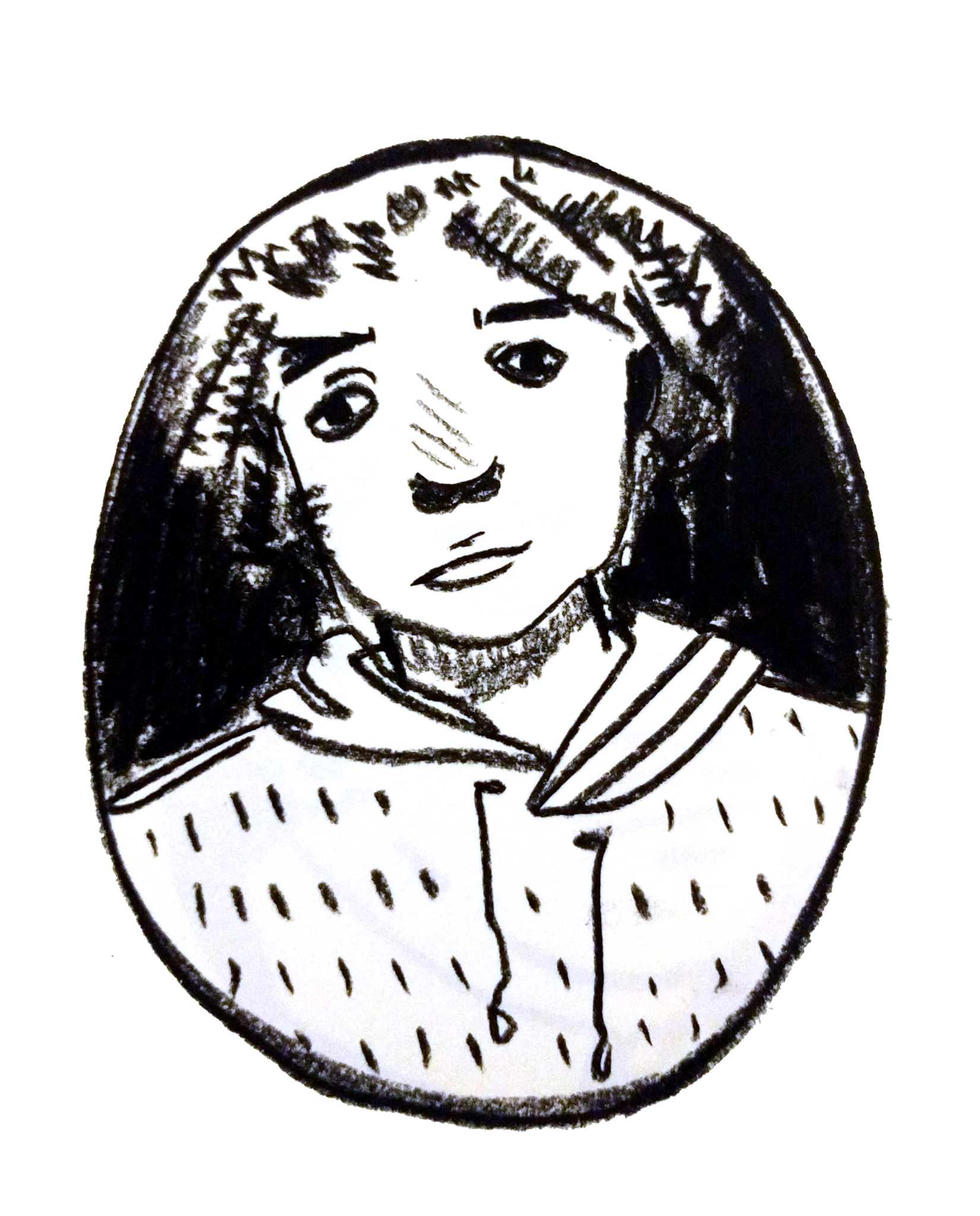Adamn Killa
In the last few years, plenty of rappers have been pigeonholed for their “mumbly” voices and fondness for ad libs. Roseland-raised rapper Adamn Killa was often on the receiving end of these comparisons. But in 2016, it was impossible to confuse him with anyone else, and not just because of his face tat and pink dreads. Sure, he’s got a good sense of humor and a color palette that ranges from peach to fuchsia, but there’s no mistaking Adamn’s wordplay and his ear for melody—he’s used both of them to carve out a unique space in an increasingly crowded scene. As of late, his singsong lilt has graced productions by everyone from Ryan Hemsworth to DP Beats, and that’s to say nothing of his work with Swedish rapper Yung Lean. Though Adamn’s influences have been global for some time now, it was a little bittersweet to see him leave Chicago for Los Angeles in 2016. But as he raps on “Again”: “I’m still Chicago, man / South Side Chicago, man.” There’s no chance Adamn (or his audience) will be forgetting where he’s from. (Christopher Good)
Mykele Deville
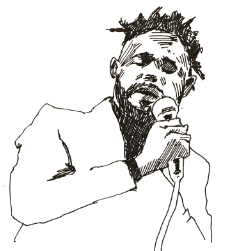
In May, poet-rapper Mykele Deville dropped the political masterpiece Super Predator. The album, which references Hillary Clinton’s infamous comment labeling the black youth “super predators,” was a timely release for Deville and the political climate of the country. By the end of August, he graced listeners with another album, Each One, Teach One, an ode to his nine-year-old niece. With poetic emphasis, Each One, Teach One showcases the storytelling capabilities of the rapper. While actively featuring his friends and other prominent musicians on many of his songs, Deville emulates the importance of family and friendship in his music, especially during times of despair. Deville used this year to release dense, controversial responses to the ongoing conflicts in the country. The poet-rapper’s brilliance flourishes within the constraints he seeks to break down and eases all those who will listen with his words. Toward the end of the year, Deville released “Mute Feelings” (produced by Tony Piazza) and “Memory Card (Back Me Up)” featuring Jordanna. Both releases seem to be gearing up for another body of work. After a long, tumultuous year, it’s some consolation to know we can expect important music to come from Deville in 2017. (Bernadine Williams)
Herb Kent
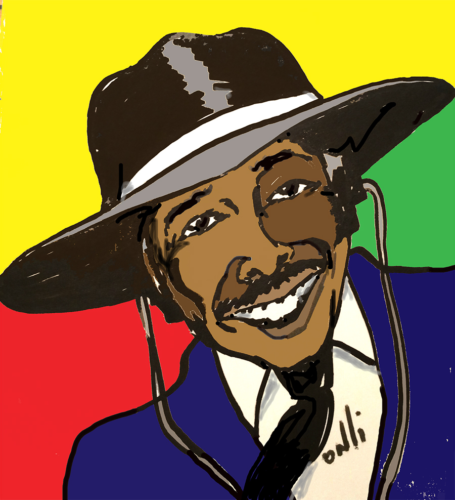
This year saw the passing of Herb Kent, a figure whose influence was too great to do it justice merely by listing his accomplishments, but one has to start somewhere. Born in Bronzeville’s Ida B. Wells project, he started DJing for WBEZ in 1944 while still a student at Hyde Park High School and stayed on the airwaves for the next seventy years, becoming one of the longest-serving radio DJs of all time and a beloved voice and presence for millions of Chicagoans. He served as the emcee for Martin Luther King’s Freedom Summer rally and used his talk show to elevate black perspectives on civil rights; he coined the term “dusties,” helped launch the careers of Curtis Mayfield and The Temptations and was cited by Frankie Knuckles as “the father” of Chicago house. He grouped classical music, jazz music, punk music, soul music, dance music under the umbrella of the “Cool School,” saying in his autobiography that “It doesn’t matter if [a record is] old school or new school—there’s a certain quality to some music that just makes it good, makes it timeless.” The same could perhaps be said of Kent’s voice itself, stretching as it did across generations and genres and providing, as Jamila Woods wrote in her “Ode to Herb Kent,” a “soundtrack [for] the church picnic, trunk party, Cynthia’s 50th birthday bash, the car ride to school, choir, Checkers.” Part of the magic of his shows, of hearing people talk about his shows, was that he had been around forever and seemed like he would stay around forever—indeed, one imagines he would not have been unhappy with such an outcome. He played his final Saturday morning show on October 22 and died later that day. (Jake Bittle)
Pastor T.L. Barrett
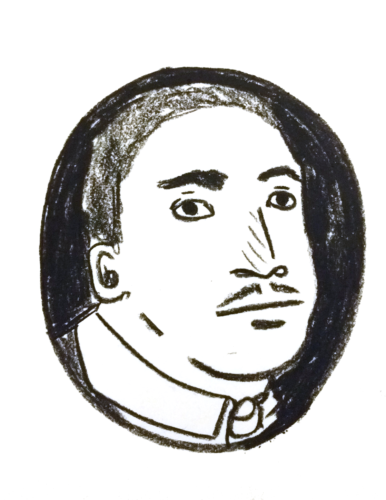
One of the more unexpected developments in hip-hop this year has been the revival of Christian themes in projects from the city’s two biggest stars, with the rather vengeful tone of Kanye’s Life of Pablo setting a sort of Old Testament precedent to Chance’s themes of (re)birth and redemption in Coloring Book. Beyond their thematic differences, there was also an interesting split in the musical sources they pulled from: while Chance brought in the contemporary gospel megastar Kirk Franklin as a feature on “Finish Line,” Kanye dug deep into the archives and pulled up a sample from Pastor T.L. Barrett.
Barrett, whose four-decade career as an activist and preacher on the South Side was blemished by a pyramid scheme scandal in the late 1980s, has received renewed attention for the gospel records he recorded with the Youth for Christ Choir. His quasi-psychedelic hymn “Like a Ship” had long been prized as a collector’s item among gospel fanatics, but a reissue of the recording by Chicago’s own Numero Group on their excellent 2006 compilation Good God!: Born Again Funk made the record more widely available. In 2010, Seattle-based label Light in the Attic followed-up on Numero’s lead and put out a full-length LP reissue of the pastor’s first album, bringing another wave of attention. Interestingly, “Father Stretch My Hands,” the song that was sampled on the Kanye track of the same name, was a true deep cut that didn’t appear on either of the reissue records. Another strange manifestation of the pastor’s musical renaissance this year was the use of his recording of the standard “Nobody Knows” in the trailer for Vikram Gandhi’s Obama biopic Barry, as well as in the Harmony Korine-directed ad for Under Armour’s (ugly) Steph Curry sneakers. What does the pastor think of all this? As he told Vanity Fair, “My children and grandchildren are reaping the benefits.” (Zach Goldhammer)
Tink
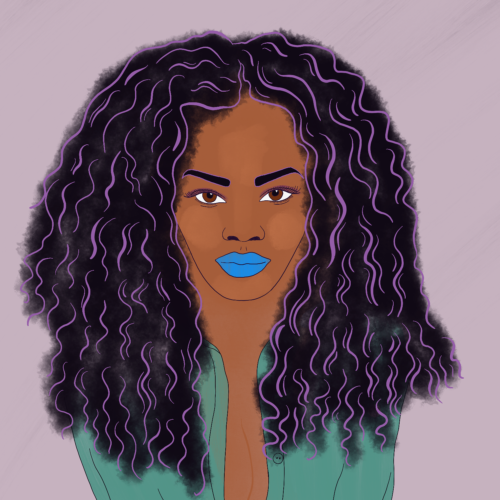
It was easy to see why Tink stood apart. She bridged the chasm between hip-hop and R&B with seeming effortlessness, her confessional, diary-like rap lyrics alternating with singing that hit all the marks. It gave the impression we were watching a prodigy. The songwriting, that could come later, particularly when super-producer Timbaland hopped on board, and very publicly put all his chips on the project. Then they released “Million,” an Aaliyah tribute record—a Timbaland tribute record—and a perfect example of how not to give an artist their breakthrough. As the spotlight slipped away from Tink in the months following, West Sider Dreezy and her team at Interscope ran to radio with the R&B/hip-hop fusion Tink had pioneered.
Winter’s Diary 4 was released in 2016 and received little attention—yet it’s the project fans knew she had in her. While her sound had been groundbreaking, the songwriting often didn’t measure up; here, whoever her collaborators were, they knew her strengths, allowing her to fill the canvas. It becomes clear that it wasn’t just the novelty of her sound that captured our attention, but the heart she put into it: in her writing, in the way that every track, even a faux-“Controlla” mixtape cut, was just as important to her story. Some things can’t be replicated. (David Drake)
Cupcakke
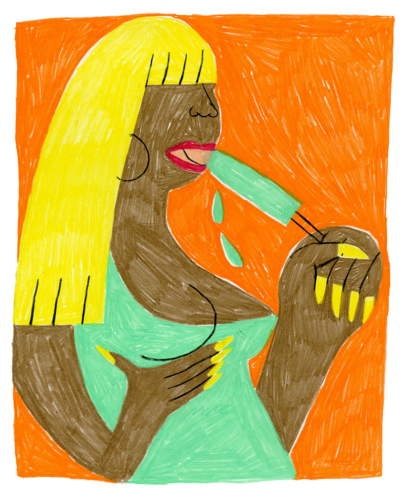
No one will ever accuse Cupcakke, the nineteen-year-old South Side rapper, of modesty. First and foremost, she is a lyricist. In a music industry dominated by slick, earworm-worthy beats, Cupcakke is something of a lyrical traditionalist. Each of her songs tell a story. On tracks like “Juicy Coochie” and “Deepthroat,” her sexual agency is front and center. As listeners, we forgot how rare it is to hear a woman speak so explicitly and confidently about her body and her sexuality. And rather than be sexualized by the rap community (and the music industry as a whole), Cupcakke has taken control of her own narrative. Her sexuality is not aimed at the male gaze. If anything, she is writing for an audience much like her: outsiders with a complicated interior life desperate to be heard. Besides her triumphant sexuality, she is also not afraid to use her voice as an agent of change. On “Ace Hardware” she speaks frankly about sexual abuse and molestation, subjects too taboo for even the brashest lyricism of the hip-hop world. “They wrote all on her locker, dosed her up with flakka / Every night she getting raped by her father,” she raps on the track. The literalism that runs through her raunchiest songs also serves as a conversation-starter for the things we try to keep hidden. (Britt Julious)
Mick Jenkins
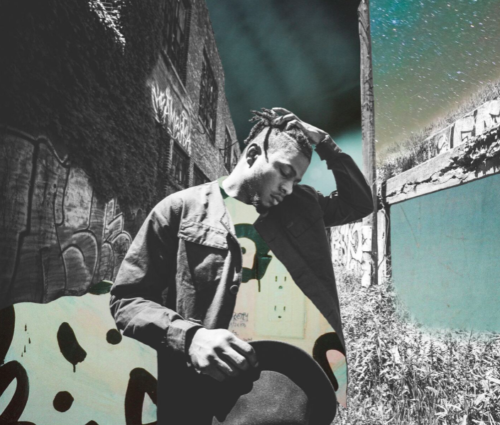
For all intents and purposes, this was a banner year for Mick Jenkins: his debut, The Healing Component, suggested a mastery of mood and a radical solution to despair: that is, that anger can be healing, and that self-critique is an essential part of self-love. Yet in many ways, the album was a conceptual shell, expanding the idea of Mick Jenkins without filling it with the passion and striving so present in the songs released by his peers. At its strongest, when Jenkins manages to find a core message and sticks to it, the album’s most powerful songs like “Strange Love” and “As Seen In Bethsaida” simultaneously blossom and fume. But more often this clarity is disrupted by an impenetrable opacity. This opacity is most obvious in Jenkins’s ever-present and increasingly confusing skits, little more than extended conversations on “love” that never quite get to where they’re trying to go. On the flipside, songs that succeed in tone and production disappoint when Jenkins drops dud lines like “Call you bae/And I don’t mean the San Francisco type” (from “Communicate”).
But Jenkins’s shortcomings only become truly clear when contrasted with Noname’s brief verse on “Angles.” It’s deadpan hilarious, elegant, and searing all at once—in a word, emotional—and it embodies everything missing from Jenkins’s own verses. In Jenkins’s attempted effortlessness, the intensity of his message is too often diluted by his moody, layered production. For example, “Drowning” turns political rage into a soundscape, but never attains the intensity of “Fucked up Outro,” in which Jenkins challenges his “underrated” status. It’s a Sisyphean problem, and one that Jenkins seems unfortunately all too unaware of: he expects so much (the world, even) of his music, leaving him in search of significance but severely lacking it. (Hanna Gregor)
Ravyn Lenae
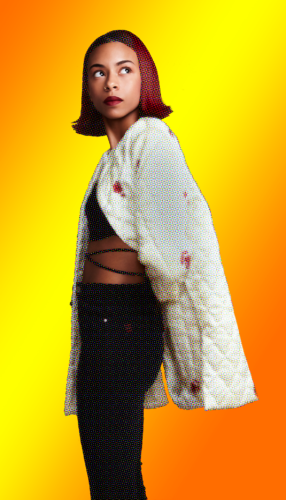
No one is who you think they are, not even yourself. There are many lessons in seventeen-year-old Ravyn Lenae’s Moon Shoes EP to take forward into 2017; most of them are powerful ruminations on intimacy and self-definition. Throughout Moon Shoes, Lenae is often in transit—heading from Venezuela to the moon, staying until the people on the moon give you a face and a name. Using distance as a metaphor for connection, traveling far away with someone is much more intimate than sitting next to them, with them not hearing you. The EP feels like an exercise in escapism, combating the feeling of chaos that stems not only from the events that dominate news headlines, but also from letting the name and face given to you by others define you. It ends with “Something in the Air,” where Lenae finds she and her companion are parting ways. While she’d prefer if they came along, she finds herself outside nevertheless, her companion watching from the window, and croons, “When the wind blows, I move more.” The arrival of 2017 feels like a signal to keep moving. (Kanisha Williams)
Jamila Woods
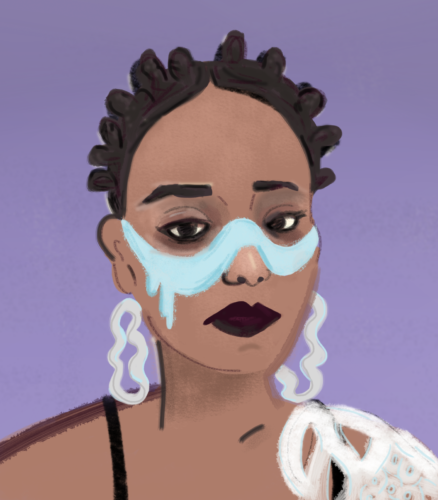
As this year in review goes through its finishing touches and is sent off to the press, the winter weather outside is nothing short of frightful, with a transcendent misery in the air that never fails to feel like a very bad inside joke between the millions of people who live here—a misery whose grit is only matched by the grit of our neighbors, and the grit of the city itself (as Jamila Woods sings in “Holy,” “the lover may leave / the winter may not”). And in the midst of this and the ongoing misery of the world, Chicago seems to endure, both despite and because of itself. This character, more than anything else, is what is most emboldened throughout Woods’s Heavn.
Summer is most welcome at the tail end of Chicago winter, but Woods shows us a Chicago summer and all of its ambivalences—the thawing that its sun brings us, but also the deep and painful sadness that follows in the form of a spike in deaths, increased police presences dotting the South Side, restricted childhoods, and the freedom and liberation that still comes from a dip in the lake and the sun beating down on us despite it all—no matter where we are or what season we are in when we listen to the album’s first few beats.
Publications like Pitchfork and Consequence of Sound have called Heavn a protest album, “the kind of music we desperately need in a time when chaos…dominate[s] the headlines.” But it is something more than this, something altogether distinct from merely “hope” or “protest.” On Woods’s SoundCloud page, where the album is available for streaming, she writes, “For black and brown people, caring for ourselves and each other is not a neutral act…Our healing and survival are essential to the fight.” But Heavn is not just about healing, nor is it just about Chicago; for Woods, Chicago is both healing and the creation of healing’s need.
The opening harmonies of “Bubbles” reach across time and drag the listener back into the warm summer evening air into which Heavn was released last July. In this way, and not just in its slew of local features, the album is an ode to all the inside secrets of the South Side, most importantly its resilience in the face of almost dogmatic disinvestment and disenfranchisement. “The water always saves me,” she croons on the album’s titular single “HEAVN.” Water is a stand in for the Lake, for Lake Shore Drive, for the city itself, and specifically for the summertime city, when the water isn’t frozen over in an icy hellscape, but the soft and fierce lines in Heavn are reminders that just like the water, our people can and do save us over and over again too. (Maha Ahmed)
DJ Earl
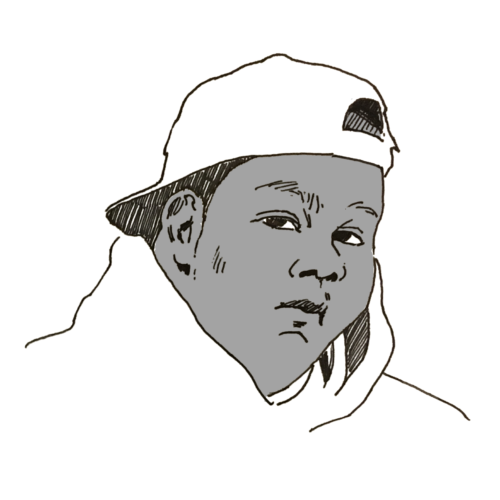
I first met DJ Earl in October 2013, thanks to Chaz Allen, the co-runner of online events company SPF420. Earl and his fellow Teklife DJ, TRAXMAN, performed for the two of us and a few more friends at this gathering of about two hundred cool teens streaming all over the world through TinyChat. It was the month Hyperdub released Double Cup, DJ Rashad’s footwork opus, and Rashad and Teklife as a whole were finally beginning to reap the benefits of years of art-making and community-building. People were starting to recognize footwork as a style of music and dance inseparably coupled into a refreshing step forward in a long-stagnant electronic music scene—and even better, the artists who’d lived and breathed this undeniably Chicago art form were at the front of the wave.
Now, three years later and nearly five years after Earl started out his music career touring the country with his school jazz band, he deejays sold-out shows all across Europe, Asia, Australia, and North America. Over the past few years, Earl and the whole Teklife family have continually toured and released music through (false) accusations of genre stagnation or inaccessibility for dancefloors and even the tragic 2014 death of DJ Rashad. Teklife even has family members making footwork in Serbia. Year after year, the label has redefined what it means to footwork, defying expectations and changing their styles even as they bring more artists under the Teklife umbrella.
2016, though, belonged to Earl in particular. It was one of the first years he, and indeed, Teklife in general, spent collaborating with people outside of the footwork scene, including Wiki of Ratking and enigmatic New York experimentalist Oneohtrix Point Never. He even reached further than before into his own background, recasting his jazz band chops as haunting riffs sitting in the center of his best tracks. Visibly breaking from the near-deferential traditionalism of Teklife’s Afterlife album earlier this year, Open Your Eyes and the Reggie Sackz EP revealed Earl’s willingness to treat his art with both intricate diligence and the playful spirit of a Willy Wonka-style inventor—something that helps ensure the future place of both near the top of the footwork canon. Earl’s 2016 has the potential to illuminate the path for young footwork producers, teaching them the subtle ways electronic music can be given organic, human, and emotional qualities. Footwork is hard—too often emotionally just as much as rhythmically—but it seems as though Earl has found it increasingly easy to express himself through music. (Zach Swezy)
Vic Mensa
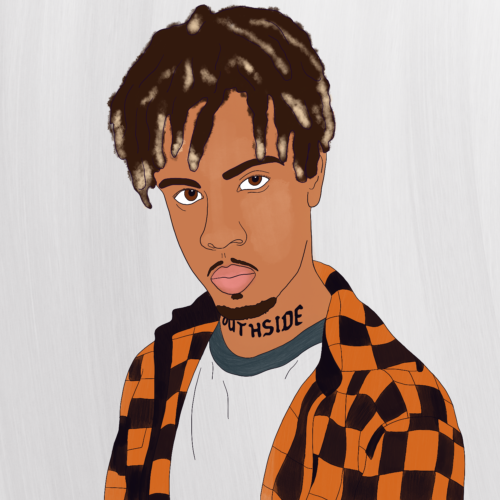
Let’s not dispute that 2016 was an incredible year for Chicago’s Savemoney crew and many of its frequent collaborators; we saw excellent releases from Chance the Rapper, Joey Purp, Brian Fresco, Jamila Woods, Saba, and Noname, among others. One member is missing from that list, the one who at the end of 2015 seemed most poised to claim 2016 as his own: Vic Mensa. When it comes to his release, There’s Alot Going On, it’s difficult to tell what one is supposed to come away with. There’s a lot (and somehow a lot of filler) packed into its seven songs.
Leadoff track “Dynasty” seems to serve as a kiss-the-ring moment from Vic to the founder of his label, Jay Z, paired with a shapeless but affecting personal narrative that’s continued in the final track. That track, “There’s Alot Going On,” forgoes much of the complex lyricism Vic exhibited throughout most of his career prior to the release of the Kanye-featuring single “U Mad” in 2015. (“U Mad,” you may recall, features the horrifying line “If she bad, I might hit a bitch in the elevator like Ray Rice.” He appears to “address” this, briefly, in “There’s Alot Going On,” saying it was inspired by a real fight with his longtime ex.)
Approximately forty-three percent of the mixtape is filler that seems out of place with the rest of the release. The offending songs: the yelping, Travis Scott-aping, unconvincingly R-rated “New Bae,” an apparent fuck-you to that longtime ex; the blatant Ty Dolla $ign crib “Liquor Locker,” which has the gall to feature Ty Dolla $ign; and “Danger,” which shows Vic trying his hand at something of a spiritual cover of George Thorogood’s “Bad to the Bone.”
The remaining two songs are dedicated to what Vic’s public persona is largely about now: activism, specifically against police brutality and corrupt government. “16 Shots,” easily the best-known track on the album, is a ferocious, hurt, ready-for-war yet lyrically clumsy song about police violence in Chicago. It is impossible to doubt Vic’s sincerity in these songs—indeed, politics has been part of his music since Kids These Days—but when listening to his album in the context of the music being created by his peers in Chicagoland, particularly that of Jamila Woods or Ty Money, it is difficult to not see Vic’s efforts as noble misfires.
It is difficult to reconcile the two Vics presented on There’s Alot Going On. Indeed, it is difficult to make much of the one presented at face value—the one behind the anger of “16 Shots” and the frankness of the mixtape’s cover, which depicts Vic staring at the camera with sixteen bullet holes surrounding his body—when faced with the one who filled the heart of his big musical statement with empty and frankly terrible half-baked party songs. To summarize it, as this mixtape does, by saying that there is simply a lot going on feels much like a cop out. There is a lot going on, Vic. What now? (Sam Stecklow)

